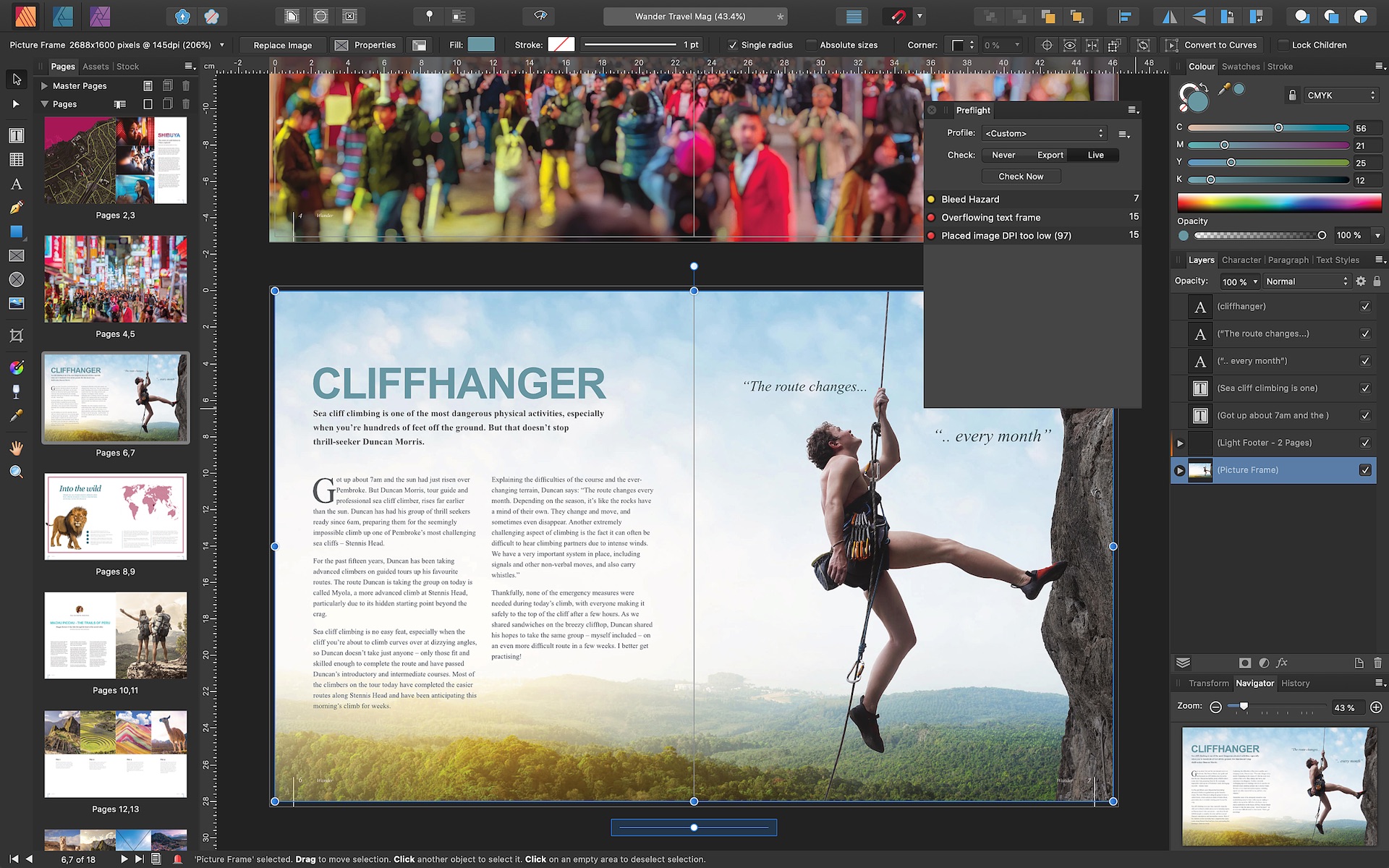

Among the clustering algorithms, the well-known affinity propagation (AP) clustering algorithm is a representative clustering method based on graph theory. Clustering algorithms are often used in medicine, chemistry, and biotechnology to categorize information. This paper aims to address the clustering problem, which is a non-deterministic polynomial hard problem, using a clustering algorithm with low time complexity and excellent performance. Therefore, the user intending to use clustering must adopt an appropriate clustering method to group the desired information. Depending on how the information is grouped, the interpretation and results can be completely different.

Traditionally, clustering is a method of discovering the regularity present in a large quantity of unstructured information and appropriately grouping this information based on user-defined rules. Therefore, many clustering algorithms have already been proposed. Even in traditional wireless sensor networks, clustering algorithms are important for configuring user-oriented multiple sensors. Therefore, it is necessary to appropriately configure a cluster between RRHs based on the channel environment using an appropriate clustering algorithm. Although joint transmission exhibits strong performance, the number of RRHs that can be combined on a network is limited. In this study, we assume coherent joint transmission. As a representative wireless communication technology that uses coherent joint transmission, the cell-free massive multiple-input and multiple-output (MIMO) is capable of simultaneously transmitting high data rates to multiple devices without any interference. There are two types of joint transmission: Non-coherent joint transmission and coherent joint transmission. In the C-RAN of the 5G system, the joint transmission technique between RRHs is an essential technique that can increase reliability by eliminating the overhead caused by the inter-cell interference and hand-off. The cloud radio access network (C-RAN) has a centralized processor baseband unit (BBU) and a distributed radio remote head (RRH) to provide a better network structure for URLLC. Therefore, many studies have focused on this aspect of 5G systems.

Among these requirements, reliability is an important factor that directly affects the quality of the 5G system service. The 5th generation mobile communication system (5G system) has three types of requirements: Enhanced mobile broadband, massive machine-type communications, and ultra-reliable and low-latency communications (URLLC). It is demonstrated that with similar normalized execution times, the proposed algorithm provides better spectral and energy efficiencies than those of the existing algorithms. For a realistic performance assessment, both grid and uniform network topologies are considered, including exterior interference and various transmitting power levels of an RRH. Additionally, a simple greedy merging algorithm is proposed to resolve the problem of inter-cluster interference owing to the adjacent RRHs selected as exemplars (cluster centers). Furthermore, an environment-adaptive threshold value is determined by adopting Otsu’s method, which uses the gray-scale histogram of the image to make a statistical decision. In AP clustering, each diagonal value of a final converged matrix is mapped to the position (x,y coordinates) of a corresponding RRH to form two-dimensional image.

To overcome this limitation, we propose a new approach in which preferences are fixed, where the threshold changes in response to the variations in system parameters. The existing AP algorithms for joint transmission have the limitation of high computational complexities owing to re-sweeping preferences (diagonal components of the similarity matrix) to determine the optimal number of clusters as system parameters such as network topology. Affinity propagation (AP) clustering with low complexity and high performance is suitable for radio remote head (RRH) clustering for real-time joint transmission in the cloud radio access network.


 0 kommentar(er)
0 kommentar(er)
